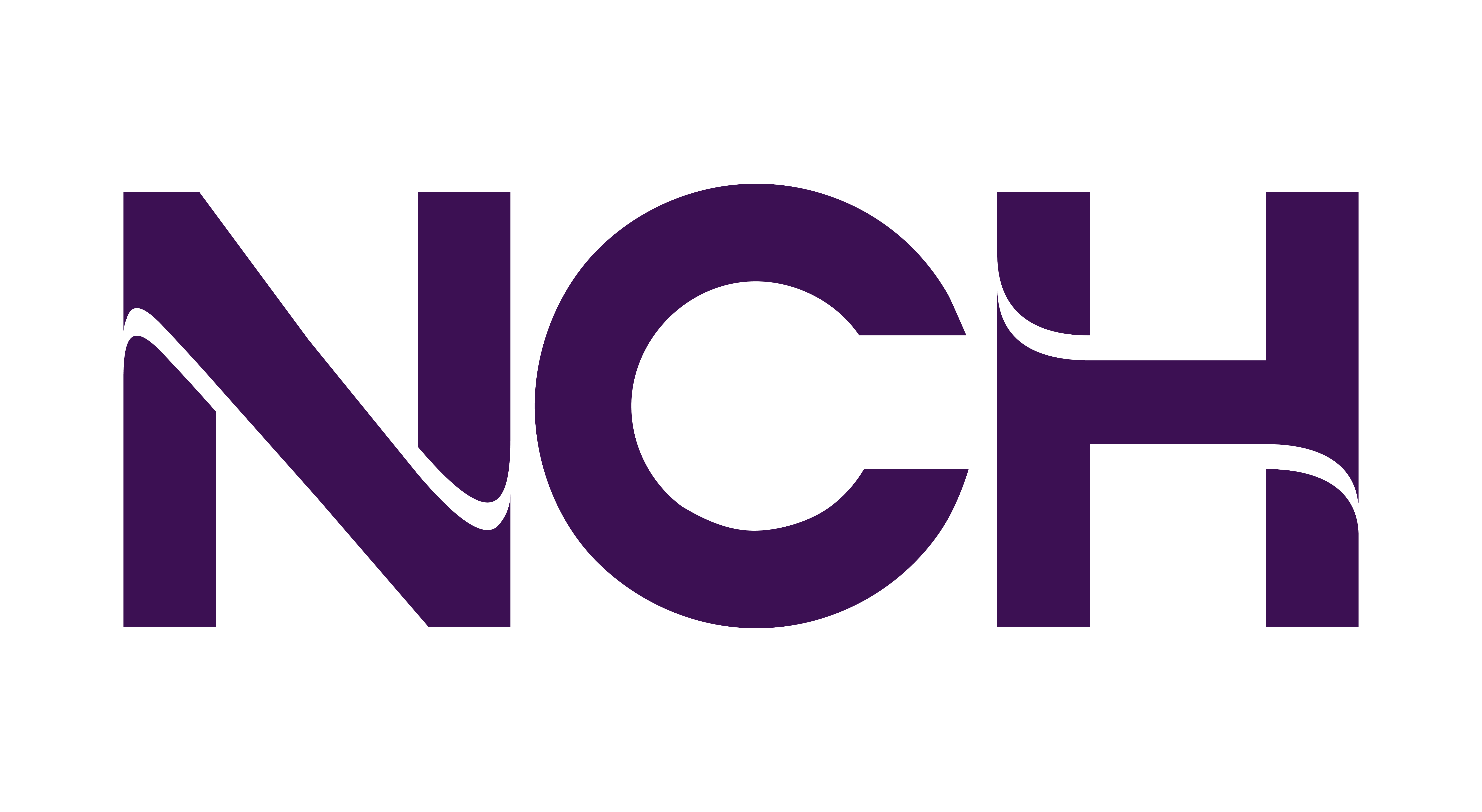There’s a lot of misinformation out there about coronavirus on surfaces – how long it can live and how you should be disinfecting and cleaning your home. We’re putting rumors to bed and exploring accurate information from trusted sources. Read on to find out how you can keep your home safe and healthy, especially as we begin the reopening process
How Long Does Coronavirus Live on Surfaces?
While the coronavirus is typically spread from person to person, you can also contract the virus by touching a surface or object where the virus lives. But exactly how long can the coronavirus live on surfaces? Unfortunately, this frequently asked question has a complicated answer.
The coronavirus can live for hours to days on surfaces – it all depends on what the surface is made of. The following guidelines are from WebMD:
Metal: 5 days
- Typical household items: jewelry, silverware, doorknobs
Wood: 4 days
- Typical household items: outdoor decking, furniture, kitchen tables
Plastics: 2-3 days
- Typical household items: light switches and buttons, packaging and containers, backpacks and bags
Stainless Steel: 2-3 days
- Typical household items: some water bottles, kitchen appliances, cooking utensils
Cardboard: 24 hours
- Typical household items: cardboard boxes, packaging
Copper: 4 hours
- Typical household items: cookware, coins, teakettles
Aluminum: 2-8 hours
- Typical household items: cans, tin foil, some water bottles
Glass: Up to 5 days
- Typical household items: drinking classes, cookware, mirrors, windows
Ceramic: 5 days
- Typical household items: dishes, pottery, mugs
Paper: It varies.
- Typical household items: mail, paper forms, books, magazines
How Should I Clean and Disinfect My Home?
As stated previously by the CDC, if someone in your home is sick or showing COVID-19 symptoms, they should be isolated from other members of your household in a different room and bathroom. However, if your household is generally healthy, it’s still just as important to keep items and surfaces clean and disinfected.
For hard, non-porous surfaces and items, the CDC recommends wearing gloves while cleaning and disinfecting, and immediately disposing of those gloves when finished. Prior to disinfection, clean the surface with warm water and soap or similar cleaning detergent. You can then disinfect these hard surfaces with this bleach solution: mix five tablespoons of bleach per one gallon of water or four teaspoons per one quart.
For soft, porous surfaces such as linens, clothing, curtains, rugs, and bedding, launder these items while following the manufacturer’s instructions. Try to use the warmest possible water setting on your washing machine and dry them completely.
Electronics can be a little trickier. Be sure to follow the manufacturer’s cleaning instructions if available. If not, use alcohol-based wipes or sprays that contain at least 70% alcohol. Dry thoroughly.
Always remember to wash your hands with soap and warm water after cleaning and disinfecting.
Do I Need to Disinfect My Groceries?
While you should absolutely wash or use hand sanitizer the minute you leave the grocery store, it’s not necessary to wipe down each and every item. Of course, fruits and vegetables should continue to be washed with warm water, but it would be harmful to your health to use any serious cleaning spray or supplies on your food.
It is suggested, however, that you clean and disinfects your counters after putting away your groceries and throw out the bags you used while shopping.




